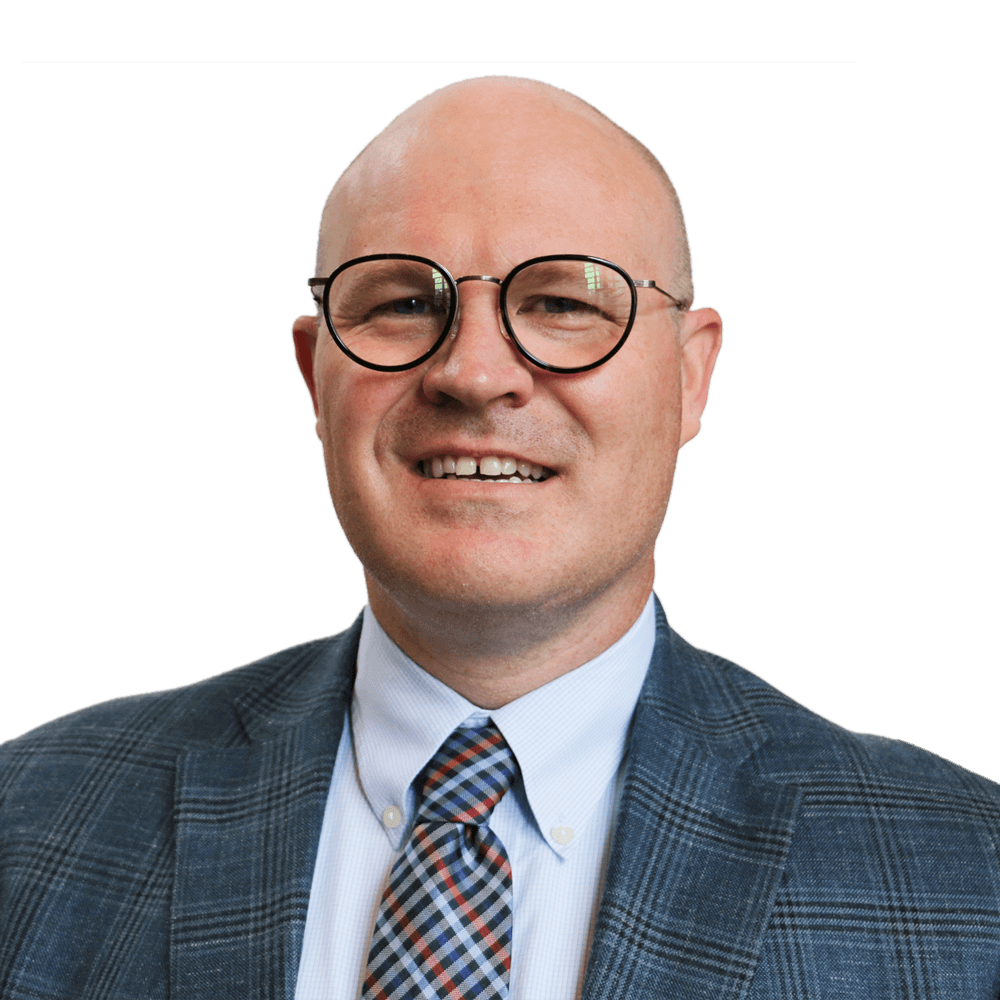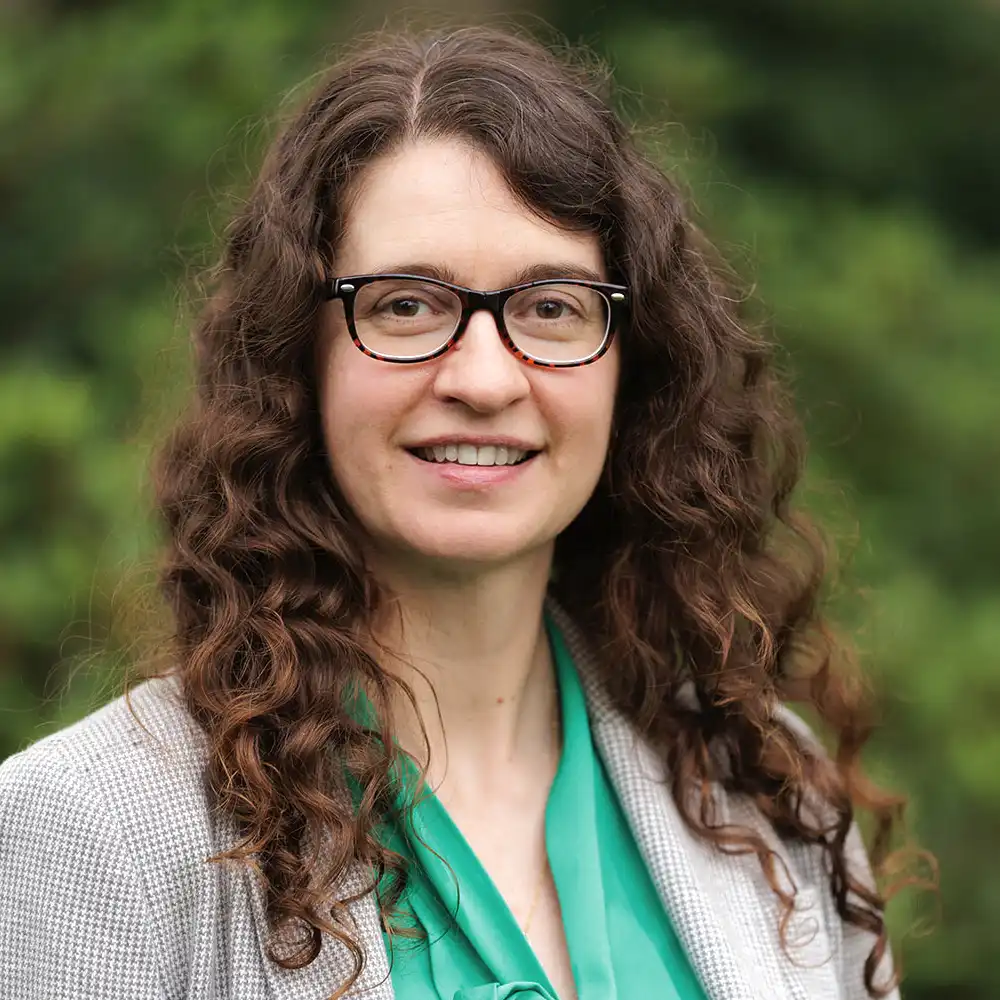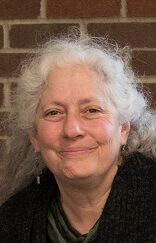One of the pleasures of my new role at LifePath is meeting community members at local events. It has been enlightening and heartwarming to hear stories from individuals served by LifePath, their caregivers, current and former LifePath team members, our volunteers, and community leaders who support LifePath’s work.
One of these events was Franklin County Pride, held on June 10th in Greenfield. Pride was attended by folks of all ages, backgrounds, and identities. Of course, many of those folks attending identified as part of the LGBTQIA+ community in some way, but some attended as supportive allies or as individuals who simply wanted to learn more.
I attended to represent LifePath’s Rainbow Elders group and jointly staffed our information and gathering table. Rainbow Elders serves lesbian, gay, bisexual, transgender, intersex, queer, questioning, asexual, aromantic, and agender elders. Older adults, age 50 and above, are welcome to join. Programming currently consists of virtual gatherings, in-person lunches, and in-person events such as speakers and the annual picnic, coming up in July. You can learn more by calling LifePath at 413-773-5555, X1230 or 978-544-2259, X1230 to speak to a Resource Consultant, by emailing rainbowelders@LifePathMA.org, or by visiting our Rainbow Elders webpage.
The LGBTQIA+ community is less likely to have children to rely upon, and is more likely to rely on a horizontal model of support, with most or all assistance provided by friends or family of their same generation.
Rainbow Elders shared a space with Community Action Pioneer Valley’s Generation Q, a confidential educational and social/support group for LGBTQIA+ and questioning youth and young adults and allies. While we may seem an unlikely pairing, at opposite ends of the age spectrum, this geographic proximity provided a great opportunity to meet dynamic, energetic, and engaged younger folks, which resulted in a number of interesting connections and conversations.
One frequent conversation topic shared by folks of all ages was the desire for intergenerational activities. We talk about this at LifePath, and as we continue to emerge from the fog of the last few years, we are looking to reinvigorate previous intergenerational programming while also creating new opportunities for folks of all ages to gather together, learn from one another, support one another, and create a shared history.
A few days after the event, I attended a LGBTQIA+ elders conference, and this topic of intergenerational connection and support rose yet again, but in a more formal way, as a mechanism to provide connection and support to LGBTQIA+ individuals as we age. With Pride so fresh in my mind, I attempted to put context and connection around this concept, and started to think about how I could support our team in thinking about this further.
The conference highlighted a number of challenges facing the LGBTQIA+ community, echoing stories I had heard just a few days prior. These stories share themes of unacceptance and family estrangement, stigma and rejections from their communities resulting in mistrust of others, isolation within their communities from having fewer social connections and local support, as well as issues around the higher rates of disabilities documented in LGBTQIA+ individuals.
All of this was in the context of supporting older LGBTQIA+ folks as they age. We often envision a typical aging support system of a vertical model with support coming from multiple generations. The scenario that most individuals think of is an elder who receives family support from a sibling, child or niece or nephew, as well as grandchildren and others, spanning a wide range of ages. The LGBTQIA+ community is less likely to have children to rely upon, and is more likely to rely on a horizontal model of support, with most or all assistance provided by friends or family of their same generation. This is likely to result in a smaller network of peers, and not necessarily enough to provide adequate support. The LGBTQIA+ individuals now aging into a time of higher needs are also more likely to have lost peers and friends during the AIDS crisis, which itself has engendered a mistrust of our social, political, and healthcare systems and institutions.
As we think through what intergenerational connection and support could look like, we must ask ourselves a number of questions: What are ways to intentionally create connections? How do we do this while protecting vulnerable populations? What frameworks or infrastructure may be needed to create, nurture, and maintain these relationships? How do we measure success? How do we take what we learn and apply it across multiple communities?
I may have painted a dire picture, which was not my intention. Instead, I am hoping to resurrect or start conversations around what intergenerational connection and support could look like in ANY community. I fondly recall my friend group as I was college-aged and coming out in the mid-90’s in Erie, Pennsylvania. We were an intergenerational group of individuals, sharing our intersectional identities and experiences, although I don’t think we would have ever thought of ourselves that way, much less have used the word intergenerational. Instead, we were a group of folks in various stages of our life’s journey, supporting one another in whatever way we could; sometimes just surviving, sometimes thriving. What I remember most about that group was the resilience and perspective that comes with age and the energy that comes with youth. We supported one another as a community before the ubiquity of the internet, before any social media whatsoever, and before most of us had a phone with us at all times. Given the tools at our disposal and the looming care crisis across society, it seems like the right time for us to dive into this conversation.




